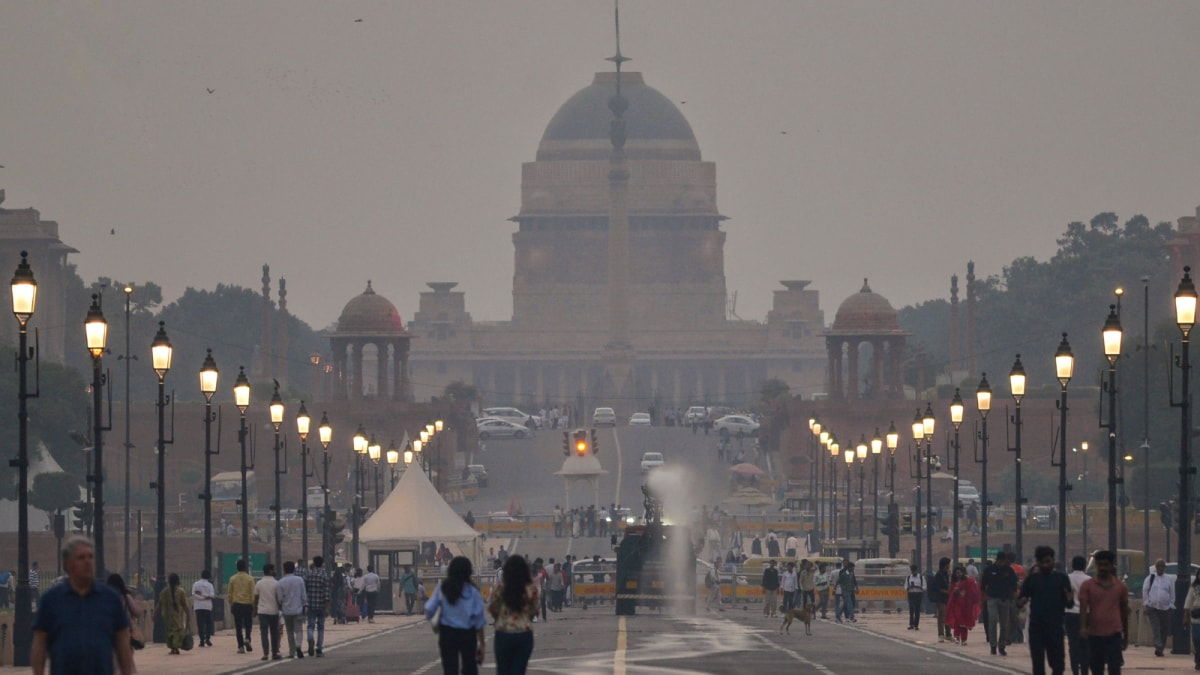After decades of neglect since its discovery, plans are being made to protect a cluster of 11 royal cemeteries — including that of Chalukya King Vikramaditya II — in a village about 5 km west of Badami in Bagalkot district, as stated by K. Munirathnam Reddy, Director, Epigraphy branch, Archaeological Survey of India (ASI).
Mr. Reddy said that the location of the cemeteries is at Bhadra Nayakana Jalihala and has been outside the purview of official protection of the ASI or the State Archaeology Department so far.
Renewed interest in the royal cemeteries and the Chalukyas stemmed from a discovery of a hero stone inscription at Anadagu village in Turuvekere taluk of Tumakuru district earlier this week. The inscription, written in Kannada and datable to the 8th century CE, refers to the death of a hero during a battle involving the army of King Vikramaditya II and Srikesari.
“While more research is needed to ascertain who Srikesari was, it is clear that he was a representative of the Pallavas.” said Mr. Reddy.
What is significant is that the new discovery at Anadagu has provided additional evidence and corroborates other sources about the extensive military activity of Vikramaditya II in southern India during the mid-8th century, according to Mr. Reddy.
As a result of the new discovery, there is a renewed interest in protecting the 8th-century royal Chalukya cemetery, for which a draft proposal plan will be prepared by the Dharwar circle of the ASI, Mr. Reddy stated.
On the importance of Vikramaditya II, who ruled from 734 to 744 CE, Mr. Reddy said that the King was known for his victories over the Pallavas of Kanchi.
“As a crown prince, he defeated Pallava King Parameswaravarman II around 730 CE. As a king, he led two victorious campaigns against Nandivarman II, briefly extending the Chalukya rule over Kanchi — making him one of the greatest warriors of that period,” said Mr. Reddy.
He drew attention to an earlier study of the site at Bhadra Nayakana Jalihala, which is documented in the work ‘Chalukyas of Vatapi’ by the late epigraphist K.V. Ramesh, who had already highlighted its significance.
Mr. Reddy said that an inscription found on the largest of the memorial shrines in the U-shaped valley of Haligevanna-kolla refers to a ‘karadige’ — which means a casket in Kannada and the inference is that the shrine was built on a casket containing the mortal remains of Vikramaditya II, and which was buried at the spot. Two smaller shrines flanking it are believed to commemorate his queens Lokamahadevi and Trailokyamahadevi, Mr. Reddy said.

 3 hours ago
3
3 hours ago
3








 English (US) ·
English (US) ·